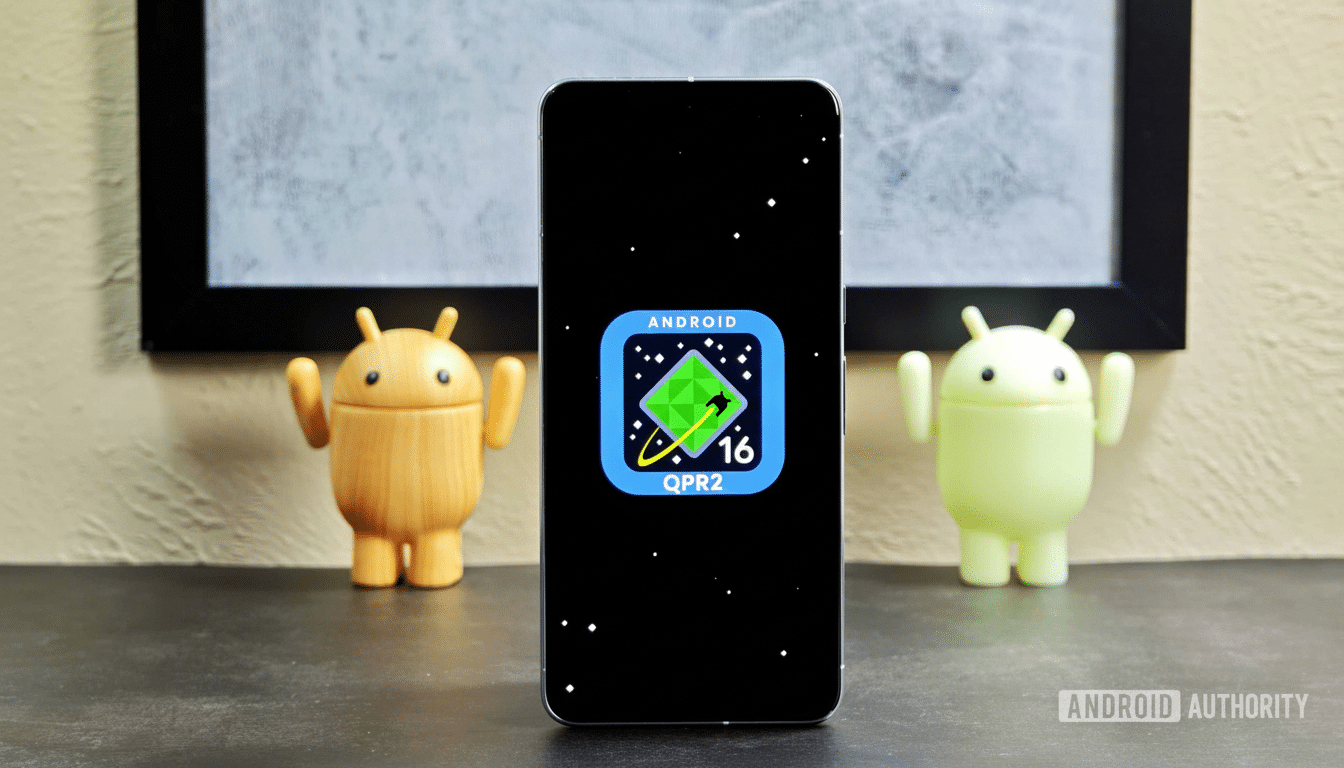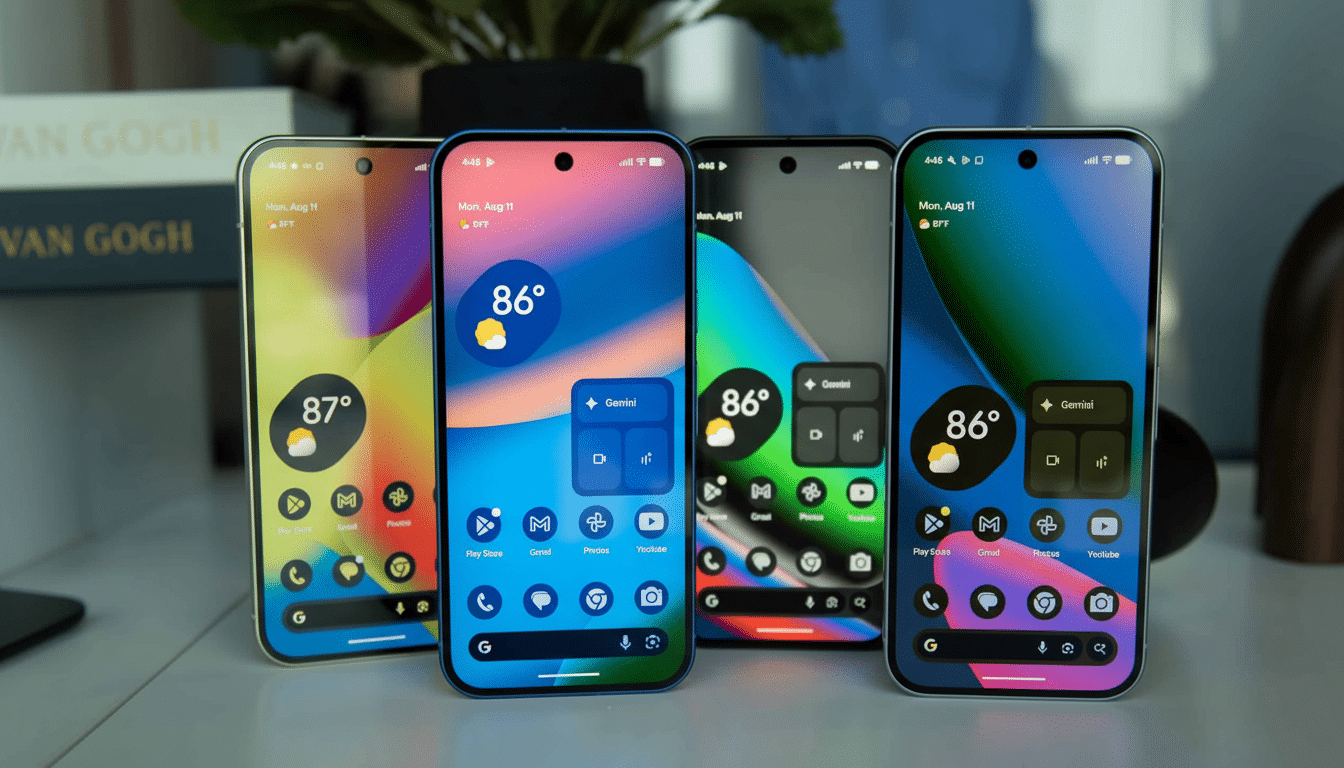Android’s getting a small but very useful feature that came to its Pixel phones recently: you can set the order of the three buttons that appear at the bottom of your screen when using full gestures on new Pixel phones.
The new toggle allows you to quickly and easily swap from the default Back, Home, Recents option, to one that’s more in line with Samsung-style Recents, Home, Back – minimizing the friction for anyone moving across brands or just wanting their back key on the right.

The control is already live for testers in the latest Android Canary build and its behavior and strings were previously spotted in Android 16 QPR2 beta code.
It should land for users in an upcoming Quarterly Platform Release once more testing has been done from its preview trajectory.
Why a Little Toggle Can Make a Big Difference
Button mapping may sound trivial – until muscle memory comes into play. Samsung, OnePlus and a few other Android brands have long provided an option of layouts, whereas Pixels were more insistent on just sticking to one fixed order unless you jumped fully into gestures. For people who like having buttons — because they provide a predictable, accessible alternative to more finicky gestures when you’re viewing obscure pictures of your neighbor’s dog or have wet fingers or gloved hands — the mismatch has been a daily annoyance.
Human factors work on input consistency suggests that even mild UI remapping can slow task completion for weeks. For large screens, the position of the back button has an impact on reach: a right-hand user favors it being on the right edge, and is often left for a left-hander. If we give people control, it reduces the amount of time they need to adapt and makes them less likely to make mistakes.
Changing the Order of the Three Navigation Buttons
On the preview build I’m running, you’ll find it in Settings > System > Navigation mode > 3-button navigation.
A new “Button order” menu offers two choices: Back, Home, Recents (the Pixel default) and Recents, Home, Back (similar to what Samsung fans are accustomed to). Tapping either of them will instantly update the bar, no reboot required.
The change takes effect at the system level, including third-party apps, and carries over through restarts and updates. It also respects per-profile settings on work profile devices, consistent with the rest of Android’s enterprise and multiuser standardization.
Rollout timeline and device compatibility details
It’s working in the latest Android Canary build that testers have spotted, and they’re saying it’s 2510 (after suggestions in earlier mentions of it showing up through the Android Open Source Project Gerrit and the Android 16 QPR2 beta).

Google usually promotes features from Canary to Beta and onward to Stable in a Quarterly Platform Release manner, so we can expect a wider deployment once it meets certain quality thresholds.
Recent Pixel phones have also promised support under the corresponding Android 16 QPR build. As per usual, carrier iterations and regional SKUs might experience staggered rollouts. There’s no evidence to suggest that this toggle will be back-removed from any Pixel generation that already supports three-button navigation.
Buttons versus gestures in 2025: where things stand
Google has leaned in hard on gesture navigation as the default since Android 10, and developer documentation promotes the idea that people will become accustomed to gesture-friendly layouts. Predictive back animations, edge sensitivity tuning, and better conflicting gesture handling have helped to make swipes more reliable in apps.
Still, buttons persist. People who advocate for accessibility say that having clear on-screen targets can reduce the cognitive load and the potential for accidental activations among some users. Power users also report that apps with custom gestures (or otherwise heavy reliance on edge swipes) demonstrate determination. The new toggle isn’t a shift back in favor of buttons, but rather another way in which gesture control is made a bit more accommodating.
A Victory For Consistency Across Android Brands
Many OEMs are already allowing swapping the order of navigation keys since Samsung, Xiaomi, etc. do it for long. Pixel owners were the most prominent holdouts, causing some to dabble in third-party remapping tools — workarounds that have become increasingly unreliable as Android has bolstered security and overlay permissions.
By baking the option into system settings, Google eliminates the incentive for hacks and puts Pixels on a par with the rest of the Android ecosystem. It’s particularly useful for switchers who are moving back and forth between manufacturers or for IT departments that have standardized on fleets from more than one vendor.
What else to expect with upcoming Android QPR
Quarterly Android updates usually come with minor but meaningful polish. In addition to the button order toggle, testers and code references suggest more customization options like a flashlight brightness slider, which has also made an appearance in recent preview builds. As with all features, things can change before we hit Stable, but this navigational tweak already appears to be ready for prime time.
It’s not a headline-making change like a new AI feature or camera mode, but it’s the kind of quality-of-life improvement that quietly reduces friction for millions of users. If you’ve felt at all reluctant to make the switch because “but the back button FELT WRONG!” then that excuse will die.

